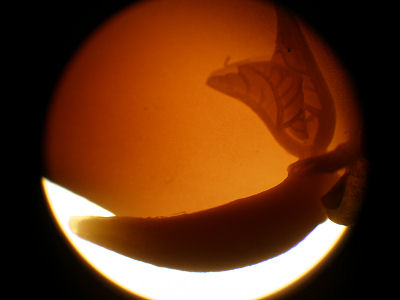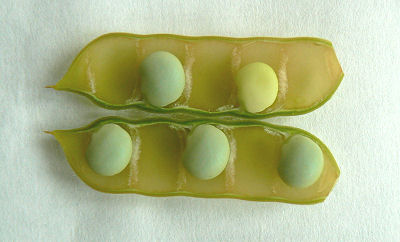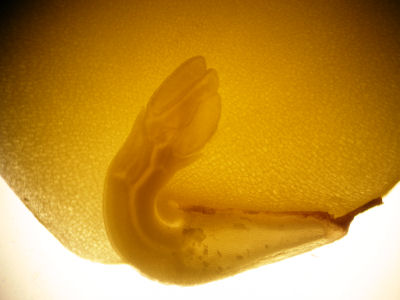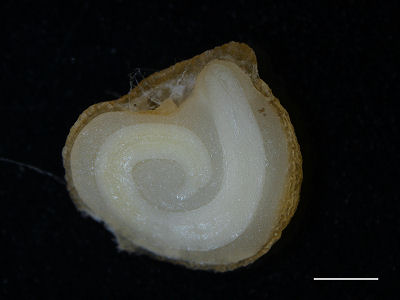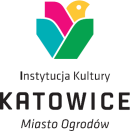|
Strona archiwalna!
Ta strona zawiera treści archiwalne, które nie były zmieniane po 23 września 2019 r. Jeśli chcesz wiedzieć więcej zapoznaj się z deklaracją dostępności
|
||||||
archiwum
 2006 2006
 2008 2008
 2010 2010
 2012 2012
 2014 2014 |
||||||

| ||||||
 |
 |
|||||

|
||||||
| strona główna założenia regulamin kalendarium wskazówki pobierz jury rejestracja zgłoszone projekty galeria gallery | archiwum kontakt | |||||
Description popularizing the research project What really works on people's imagination are things veiled in mystery. Such a mystery you even cannot steal one glimpse of, as it hides something very important. The most intriguing secrets are the ones which bring dire consequences for those who disclose it out of insatiable curiosity. That was the fate of Orpheus who, although said not to, looked back and lost his Eurydice forever; Pandora, who looked into the forbidden box with consequences for herself and all the humanity; or Hans Dumm, who was turned into stone for the same offence as Orpheus. It is harder to find in the realm of myths and fairy tales an example of a secret which once disclosed will be gone forever. Abstract One of the essential cellular events of germination is elongation of the cells, which results in the radicle protrusion. Cell elongation is associated with endoreduplication during which DNA synthesis occurs, without subsequent cell division, and thus cells contain amplified DNA content. As with the increase in the DNA content the size of the nucleus and the cell increases, the analysis of DNA synthesis intensity provides information on the region of the embryo where cells elongate. Since the radicle is a first structure that emerges from the seed, it has been widely assumed to be the structure which elongates during germination. Basing on this assumption, mainly radicle or the whole embryonic axis have been used for research on germination. The aim of the project was to determine the regions of the embryo most actively synthesizing DNA during germination of seeds of different types (endospermic, non-endospermic, perispermic, with epigeal or hypogeal seedling growth). Cytometric analyses of different regions of the embryo during germination revealed that depending on the type of seedling growth, endoreduplication intensity is usually the highest in the transition zone between the radicle and hypocotyl (species with an epigeal seedling growth) or in hypocotyl (species with an hypogeal seedling growth). The endopolyploidy level in cotyledons depends on the type of the cotyledons, and it is higher in species with storage cotyledons, than in those which serve as a photosensitizing organ. During germination, the accumulation of the reactive oxygen species (ROS) occurs in the radicle and after radicle protrusion also in the transition zone. It suggests a role of ROS in the protection of the embryo and young seedling against environmental stress factors, however not in the control of cell elongation. Selection of the proper material is particularly important in the expensive molecular studies of germination and in monitoring seed priming procedures. The research was supported by Polish National Science Centre (DEC-2011/03/N/NZ9/03798).
|
|
|||||

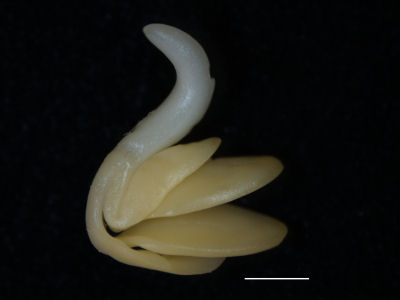
 Swan - a young seedling of cress (Lepidium sativus); 2014
Swan - a young seedling of cress (Lepidium sativus); 2014